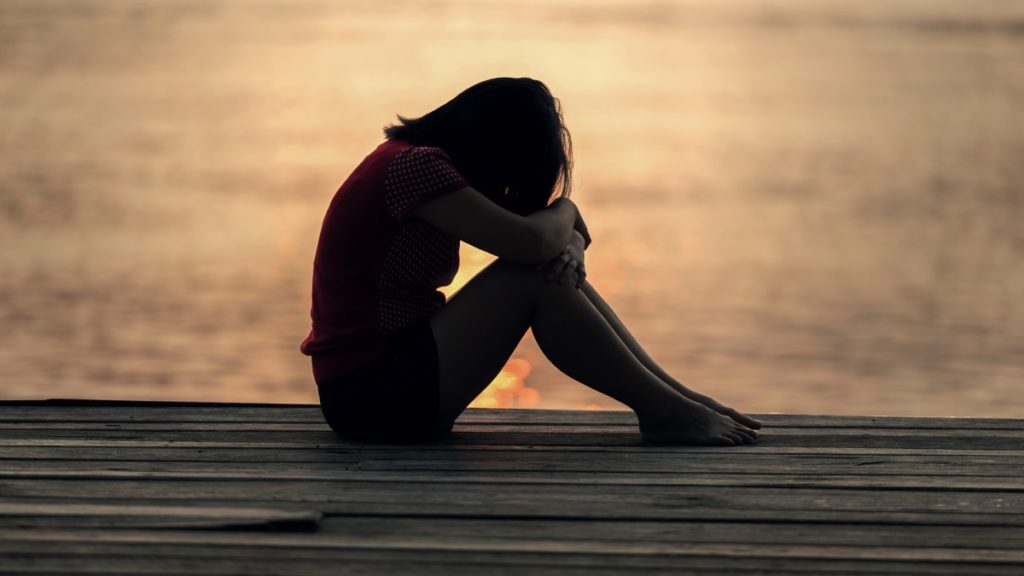
Humans have a tendency to overestimate how much others agree with us.
Due to the cognitive bias known as the False Consensus Effect, we tend to believe that others hold the same opinions, values, and ideas that we’ve formed ourselves.
While this bias is understandable (especially given that we tend to surround ourselves with similarly-minded people), it becomes dangerous when we start to relativize collective trauma, reducing it to the single monolith of our own experience and erasing the very real and stark differences of each person’s unique life circumstances.
As we begin to unpack and process the events of 2020, I believe the path toward healing involves holding two seemingly opposite truths in tension: that collective trauma is real, and that it needs to be treated on an individual and subjective basis.
What Is Cascading Collective Trauma?
According to the Center for Substance Abuse Treatment, cascading trauma “occurs when multiple traumas happen in a pattern that does not allow an individual to heal from one traumatic event before another occurs.”
On a collective scale, these cascading traumas can be seen throughout 2020 across the United States in the form of a bitter impeachment trial, a global-wide pandemic, ongoing police brutality and racial injustice, wildfires, a divisive election, Asian American hate crimes, heightened suicide rates and social isolation, job insecurity, and a thousand other traumas (both big and small) that, when grouped together, form one of the most difficult years in the United States’ recent history.
In 2020, screenings at Mental Health America for anxiety saw a 93 percent increase compared to 2019, with depression screenings increasing by 62 percent as well.
Of those screened during September 2020, 37 percent of people screened reported thoughts of suicide more than half of or nearly every day.
Individual vs. Collective Trauma
And yet, in contrast to these alarming statistics on depression and anxiety, Op-Ed stories from individuals like Fiona Lugg-Widger and Nicola Squires in the BBC article, “Despite Covid, why 2020 was the best year of my life” show a different side of 2020—one in which the changes of 2020 resulted in either a neutral or positive impact on their day-to-day life. For Fiona Lugg-Widger, 2020 gave her the opportunity to work from home while raising her newborn daughter. In Nicola Squires’ case, lockdown allowed her to be the fittest she has been in years.
In terms of economic stagnation, while 2020 devastated and decimated the financial situation of the bottom 90 percent, the top 1 percent grew $50 trillion dollars richer.
While frontline workers risked their lives or faced losing their jobs, work from home became a safe and popular option among office workers that seems likely to last well beyond the COVID era.
That’s not to say that the Squires and Lugg-Widger’s of the world, along with those in the one percent or those who work from home, did not experience trauma, but rather that the collective trauma experienced in 2020 disproportionately affected individuals based on their field of work, mental and physical well-being, race, class, age, and general life circumstances, rather than on an equal and level playing field.
An Imbalance of Traumatic Incidents
According to Roxane Cohen Silver, a University of California psychology, medicine, and public health professor, Black, Latinx and Indigenous communities, for instance, suffered disproportionately throughout COVID-19, amplified by “historical trauma, systemic racism, and persistent poverty.”
A CDC article on health equity considerations reemphasized this finding, attributing discrimination, occupation, lack of healthcare access, crowded housing, and educational, income and wealth gaps as factors in the unequal rates of sickness and death among racial and ethnic minority groups throughout the pandemic.
And for all these visible manifestations of disproportionate trauma, just as many are invisible.
Immunocompromised individuals in 2020 were more at risk to get severely ill from COVID-19, resulting in increased isolation and often lack of access to pertinent medical needs. In the case of Vox’s article on immunocompromised individuals during the pandemic, one interviewee, Zeba Khan, had not gone to physical therapy despite needing it to ease the pain that came from the two herniated discs in her back.
Other invisible traumas include the increase in domestic violence reports, which saw a 22 percent increase in Portland, Oregon, an 18 percent increase in San Antonio, and a 10 percent increase in New York City in March 2020 compared to statistics from March 2019.
Beyond domestic violence and compromised immune systems, one also cannot know whether or not a person stayed employed throughout the pandemic, whether their family members remained safe and healthy, or whether they dealt with any number of unspoken tragedies or mental health issues throughout 2020. 2020 was traumatic for many. But that trauma was far from equal.
Healing A Wounded Society
The path to recovery after a year of such deep trauma experienced at such different levels is murky at best. There is never an easy path after intense grief and despair, especially when experienced at such a massive and unequal scale.
And yet, as Silver mentioned in her article on Nature.com, for governments to do nothing would result in a “mental health disaster.” Her article, instead, advocates for increased community mental health support and targeted governmental responses to social inequities and those adversely affected by the pandemic.
To apply a one size fits all approach to returning back to some semblance of normalcy is to discredit the varied and unequal trials experienced by each unique individual. For some, ‘normal’ may not be something achievable until herd immunity is reached or, in the case of COVID longhaulers, potentially for the rest of their lives.
Each and every one of us has our own 2020 baggage to unpack. And it requires excess grace and empathy as we come, separate yet together, to heal our personal wounds.
Get more like this—Sign up for our daily inspirational newsletter for exclusive content!
___
Photo: Sasint via Pixabay




